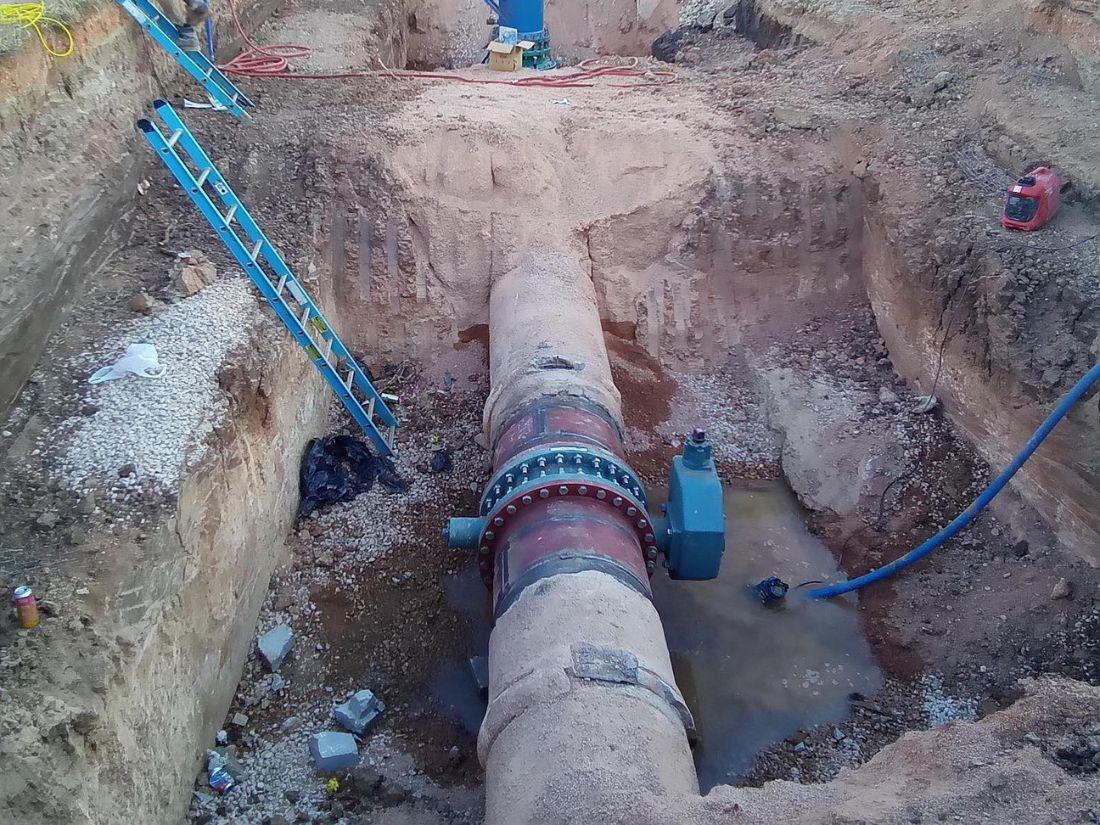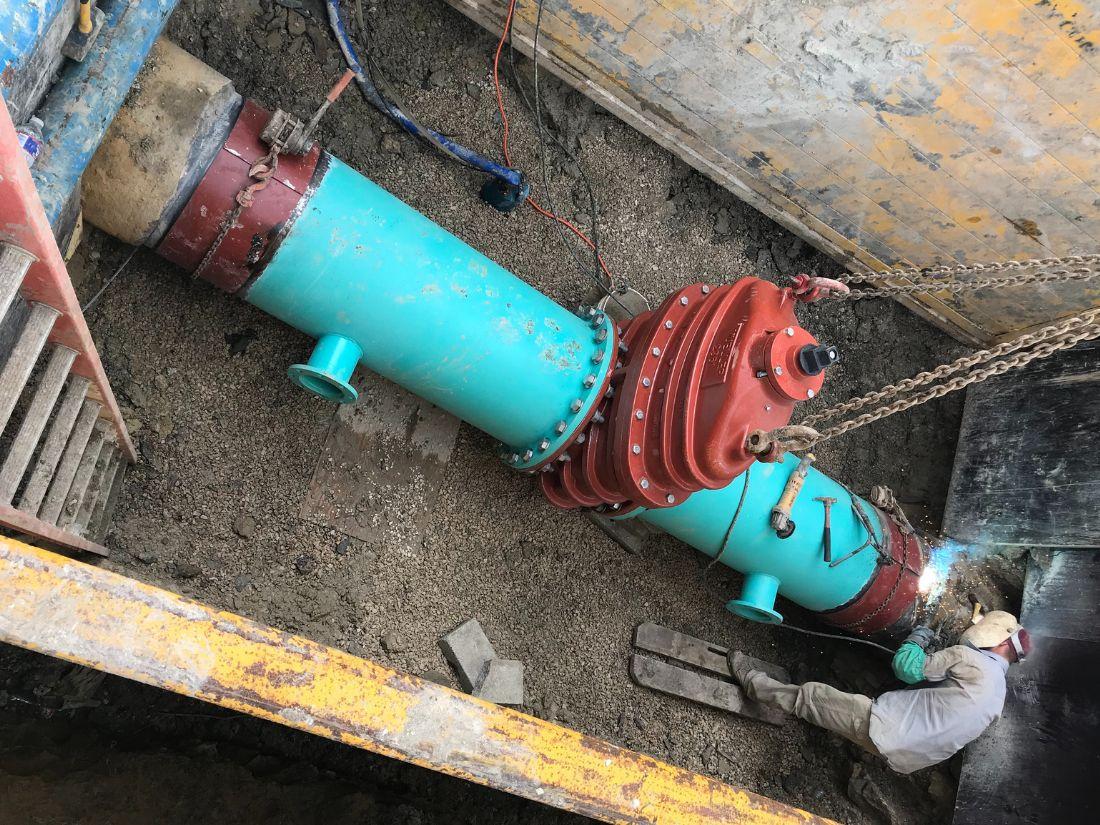Request Quote
Pipeline maintenance represents one of the most significant operational expenses for energy companies, water utilities, and industrial facilities. With thousands of miles of infrastructure requiring constant monitoring and upkeep, maintenance costs can quickly spiral out of control without proper planning and execution.
However, strategic approaches to pipeline maintenance can dramatically reduce these expenses while improving system reliability and safety. The key lies in implementing proactive measures that prevent costly emergency repairs, optimize resource allocation, and leverage modern technologies to streamline operations. These six proven strategies will help you minimize maintenance costs while maximizing the lifespan and performance of your pipeline infrastructure.
Establishing a comprehensive inspection schedule forms the foundation of cost-effective pipeline maintenance. Regular inspections allow maintenance teams to identify potential issues before they escalate into expensive emergency repairs or catastrophic failures. This proactive approach can significantly reduce overall maintenance costs compared to reactive maintenance strategies.
Add to that the fact that modern inspection technologies have revolutionized the efficiency and accuracy of pipeline assessments. Smart pigs equipped with magnetic flux leakage sensors can detect corrosion, cracks, and wall thickness variations with remarkable precision. Ultrasonic testing equipment provides real-time data on pipe wall conditions, while electromagnetic acoustic transducers can identify stress concentrations and fatigue damage.
The cost savings from early detection are substantial. A minor leak detected during routine inspection might cost $500-$1,000 to repair, while the same issue left unaddressed could result in a major rupture requiring $50,000-$100,000 in emergency repairs, environmental cleanup, and regulatory fines. Additionally, scheduled inspections allow for better planning of maintenance activities, reducing labor costs and minimizing operational disruptions.
While physical inspections are a crucial part of the process, remote monitoring technologies have become more popular since they eliminate the need to perform physical inspections as often. Plus, they provide continuous oversight of pipeline conditions. These systems use a combination of satellite communications, wireless sensors, and automated data collection to monitor pipeline performance from centralized control centers.
Unmanned aerial vehicles equipped with thermal imaging cameras can survey thousands of miles of pipeline in a single day, identifying hot spots that indicate potential leaks or equipment malfunctions. Satellite-based monitoring systems can detect ground movement, vegetation changes, and other environmental factors that might affect pipeline integrity.
Internet of Things devices installed at strategic locations along pipeline routes provide real-time data on pressure, flow rates, and environmental conditions. This continuous monitoring capability allows operators to detect anomalies immediately and dispatch maintenance crews only when necessary, reducing routine inspection costs significantly while improving response times to actual problems.

Even if you keep a close eye on your pipeline system, knowing about a problem before it even occurs would always be ideal. This is where predictive maintenance comes into play. This approach utilizes advanced analytics and sensor technology to predict when equipment will fail, allowing maintenance teams to intervene at the optimal time before problems even occur.
Sensor monitoring systems continuously collect data on pipeline conditions, including pressure fluctuations, temperature variations, vibration levels, and corrosion rates. Machine learning algorithms analyze this data to identify patterns that indicate impending failures. This technology enables maintenance teams to schedule repairs during planned downtime rather than responding to unexpected breakdowns.
The financial benefits of predictive maintenance are compelling. Companies implementing these techniques typically see notable reductions in maintenance costs, the number of breakdowns, and overall downtime. For a large pipeline network, these improvements can translate to millions of dollars in annual savings through reduced emergency repairs, improved operational efficiency, and extended equipment lifecycles.
While high-quality materials and equipment require larger upfront investments, they deliver substantial long-term cost savings through improved durability and reduced maintenance requirements. Premium pipeline materials, such as corrosion-resistant alloys and advanced polymer coatings, can extend service life by decades compared to subpar materials.
The total cost of ownership analysis clearly favors quality investments. Standard carbon steel pipes might cost a bit less initially than corrosion-resistant alternatives, but they typically require replacement every 20-25 years. High-quality materials can last 50-75 years with minimal maintenance, resulting in significantly lower lifecycle costs when factoring in replacement expenses, labor costs, and operational disruptions.
Specific material recommendations include duplex stainless steel for corrosive environments, fusion-bonded epoxy coatings for buried pipelines, and high-density polyethylene for water distribution systems. These materials offer superior resistance to corrosion, chemical attack, and mechanical stress, reducing the frequency and severity of maintenance interventions throughout their service life.

Something that doesn’t get considered as often when looking for cost-saving ideas for pipeline maintenance is improving the efficiency of your inventory management. This is helpful since it’ll help prevent costly delays while avoiding the expense of excessive stockpiling of pipeline materials. Poor inventory practices can result in emergency procurement at premium prices or project delays that extend maintenance windows and increase labor costs.
Advanced inventory tracking systems use barcode scanning, RFID tags, and cloud-based databases to maintain real-time visibility of spare parts, tools, and materials. These systems automatically trigger reorder alerts when stock levels reach predetermined thresholds, ensuring critical components for your pipeline are available when needed without maintaining excessive safety stock.
Optimal inventory management involves categorizing pipeline materials based on criticality, lead time, and usage patterns. High-priority items with long lead times require higher safety stock levels, while readily available commodity items can be maintained at minimal levels. Implementing just-in-time delivery for routine maintenance supplies and establishing vendor partnerships for emergency parts can further reduce inventory carrying costs while maintaining operational readiness.
While it might seem cheaper to handle most pipeline issues on your own, in many cases, it’ll save you time and money to leave it to the professionals. This is because skilled maintenance contractors minimize errors, reduce rework, and complete tasks more efficiently than inexperienced workers. This kind of expertise results in lower overall maintenance costs through improved quality and productivity, something that’s difficult to achieve on your own.
Since certified professionals bring specialized knowledge that prevents costly mistakes and ensures compliance with safety regulations, you won’t have to waste money fixing things a second time. Plus, their welding certifications, non-destructive testing qualifications, and pipeline-specific training credentials demonstrate competency levels that directly impact work quality and safety outcomes.
The pros will have all the right qualifications for the job at hand as well. With them, they’ll ensure maintenance work meets industry standards and regulatory requirements, reducing the risk of failures, accidents, and regulatory violations that can result in substantial financial penalties and operational disruptions.
On top of that, these companies also invest in ongoing training and certification maintenance that keeps their teams current with evolving technologies and best practices, further enhancing their effectiveness and value to your organization. If you’re ready to let the pros take care of things, then Rangeline Group is here to help. Learn more about what our industrial pipeline services can do for you today.